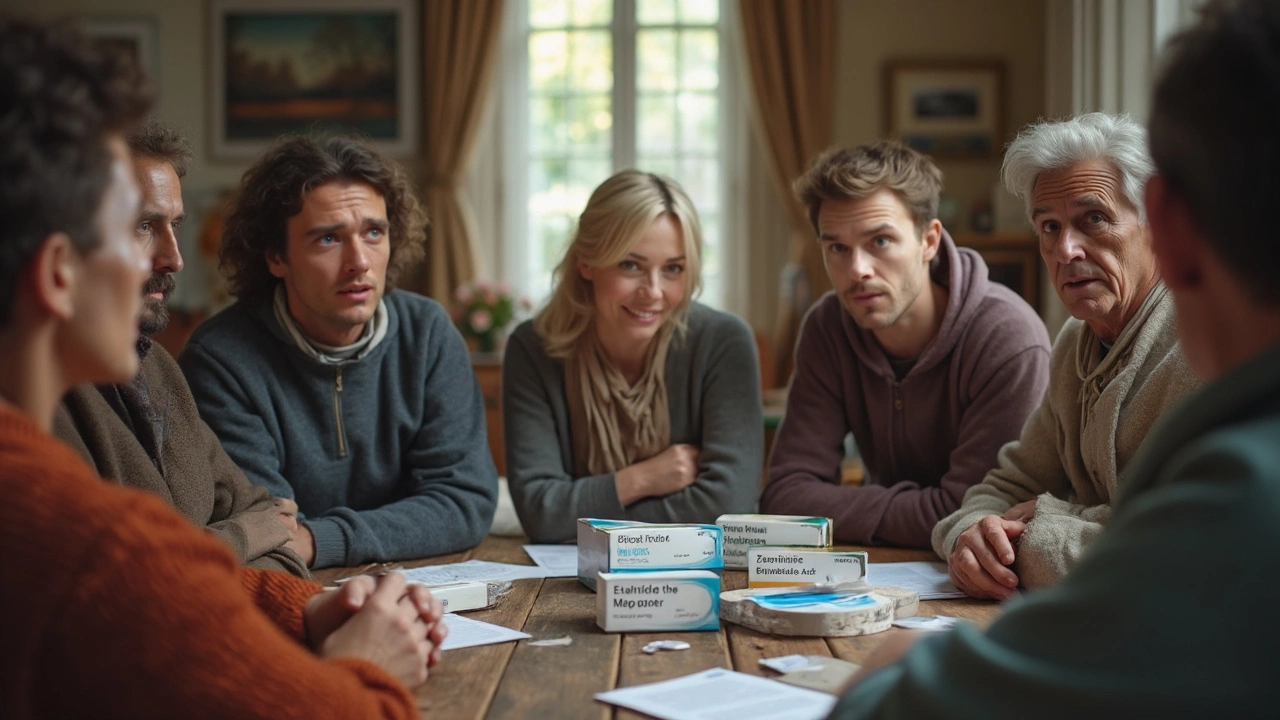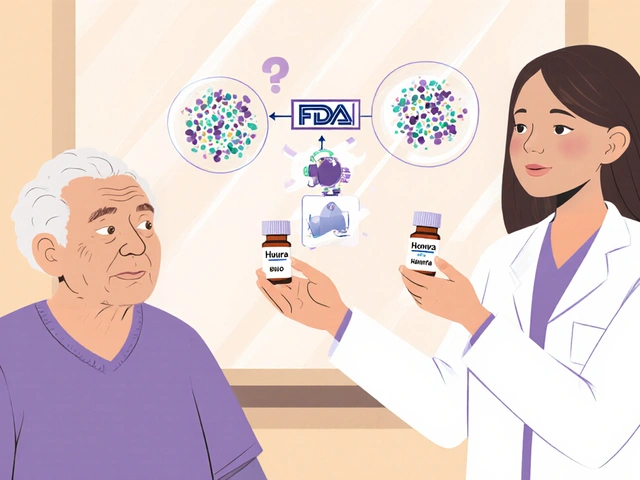Cholesterol Alternatives: Safer Options When Statins Aren't Right
Not everyone can take statins, and some people get side effects like muscle pain or brain fog. If that’s you, there are real alternatives — both medical and lifestyle — that can lower LDL and cut heart risk. Below I’ll lay out clear options you can bring up with your doctor, and what to expect from each.
Medical drug alternatives
Ezetimibe (Zetia) works by blocking dietary cholesterol absorption in the gut. It usually lowers LDL by about 15–25% and pairs well with other drugs if you need more drop without a higher statin dose. Bile acid sequestrants (cholestyramine, colesevelam) trap bile acids so your liver uses more cholesterol to make new bile — useful but can cause constipation and interfere with some meds.
PCSK9 inhibitors (evolocumab, alirocumab) are powerful: they can cut LDL by 50% or more. The downside is cost and the need for injections. If you have very high LDL or genetic high cholesterol and can’t tolerate statins, these are often a game changer.
Fibrates and niacin mainly target triglycerides and HDL more than LDL. They help certain people, but they’re less effective than ezetimibe or PCSK9 inhibitors for lowering LDL. Newer options like bempedoic acid offer modest LDL drops and are taken orally; they’re another choice for statin-intolerant patients.
Lifestyle and natural options that actually help
Diet changes matter. Swapping saturated fats for unsaturated fats, adding soluble fiber (oats, barley, beans), and using plant sterols can each lower LDL by measurable amounts. Plant sterols are available as spreads and supplements and often reduce LDL by 5–10% when used correctly.
Exercise, weight loss, and quitting smoking all improve your cholesterol profile and heart risk beyond numbers alone. Losing even 5–10% of body weight often improves LDL and triglycerides. Aim for 150 minutes of moderate exercise a week and add strength work twice weekly.
Some supplements help modestly: omega-3 (for high triglycerides), soluble fiber supplements, and red yeast rice. Red yeast rice contains natural statin-like compounds, so it can reduce LDL — but quality varies and so do side effects. Always tell your doctor before trying it.
How to choose: get a recent lipid panel, explain your symptoms or concerns, and ask about LDL targets for your age and risk level. If lifestyle changes and one non-statin drug don’t reach your goal, talk about combining treatments or using a PCSK9 inhibitor if you’re at high risk.
Bottom line: you don’t have to accept statin side effects. There are solid alternatives — medical and natural — that work when used properly. Talk with a clinician who knows your history and can guide testing, drug choices, and safe supplement use.

Fed up with statins and their side effects? This guide explores non-statin lipid-lowering agents, including PCSK9 inhibitors, ezetimibe, and bempedoic acid. Get the lowdown on how these meds work, who benefits, their side effects, and what science says in 2025. Find out about the latest approved alternatives and tips for choosing between them. Practical, human, and totally up-to-date.





